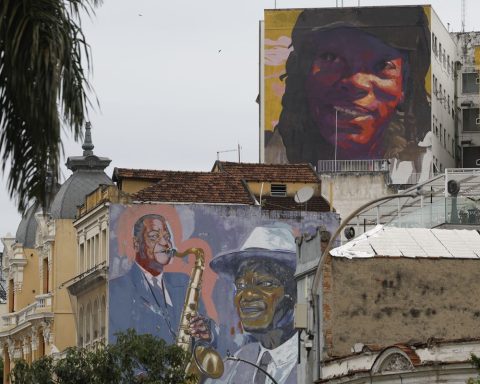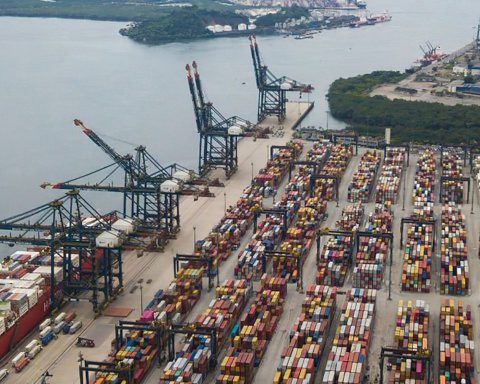The federal government increased the growth forecast for the Gross Domestic Product (GDP, sum of goods and services produced in the country) this year. With the new estimate, the growth of the economy went from 1.5% to 2%. For the next year, the growth projection of 2.5% was maintained. The information is contained in the Macrofiscal Bulletin, released today (14) by the Ministry of Economy.
In addition to the expectation of high GDP, the government lowered the inflation forecast for this year measured by the Broad Consumer Price Index (IPCA), which went from 7.9% to 7.2%. This projection already incorporates the impact of approved legislative measures on fuel, electricity and communication prices.
Despite the reduction, inflation is still above the target defined by the National Monetary Council (CMN) of 3.5%, with a variation range of 1.5 percentage points up and down.
In the year, the IPCA accumulates a high of 5.49% and, in 12 months, the index registers a high of 11.89%. As for the next year, the result of inflation was reassessed from 3.6% to 4.5%. The target established by the CMN is 3.25%, with the same tolerance interval.
GDP
According to the bulletin, among other factors, the positive revision for GDP is related to the performance of economic activity. Monthly surveys by the Brazilian Institute of Geography and Statistics (IBGE) pointed to an average monthly growth at the margin in the months of April and May in the general industry of 0.2% and in the manufacturing industry of 0.4%.
“Another emphasis that underlies the change in GDP projection this year is given by changes in the labor market, whose variation in the employed population (PO) in the moving quarter ended in May 2022 is 10.6% compared to the same period of the previous year. last year. This inter-annual variation means an increase in the employed population of 9.4 million workers”, says the bulletin.
The ministry highlights, however, that the international scenario remains challenging, with a reduction in the perspective of global growth and the still high level of prices of commodities of energy and food.
GDP growth estimates for developed countries were revised from 3.8% at the beginning of the year to 2.6% at the end of June 2022. In the case of emerging countries, whose projections were changed from 5% at the beginning year to 3.7% at the end of June, according to Bloomberg.
“These revisions, to a large extent, are responses to the deterioration of the geopolitical scenario – the war in Eastern Europe – and the worsening of financial conditions, explained by the rise in the yield curve. The monthly interest rate for five years in the United States has reached the highest level since 2008. A similar result occurs for Germany, France and other European countries whose interest rate level is at the highest level since the 2012 crisis”, says the bulletin. .
















